Push for bigger, better beach safety signs on the northern beaches after spate of summer drownings
A spate of coastal summer drownings has prompted a push to have bigger and more easily understood hazard and safety signs on the northern beaches.
Manly
Don't miss out on the headlines from Manly. Followed categories will be added to My News.
A Sydney council is set to decide on a plan to improve swim safety signs on some of the state’s most popular beaches, following a series of drownings.
Northern Beaches Council is being asked to look at placing the signs, which warn of dangers including dumping waves, hidden rocks and deep water, in more prominent and visible spots, especially at our more hazardous beaches.
And Your Northern Beaches Independent councillor, Michael Gencher — a veteran volunteer life saver — is urging the council to have the new warning signs translated into multiple languages to better protect non-English speaking beachgoers.
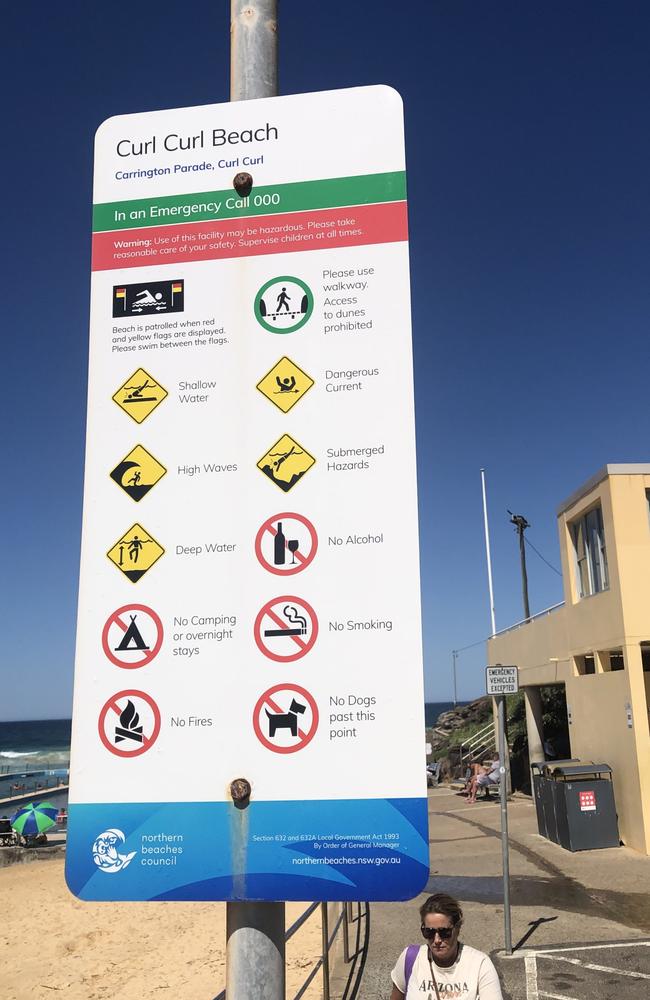
Cr Gencher said his push for better signage came as Surf Life Saving NSW figures showed that coastal drownings were up 30 per cent on the 10-year average — with a 13 per cent increase on last year.
He pointed out, on Monday, that the drowning toll included several deaths on the northern beaches.
His Notice of Motion, seconded by Liberal councillor Rory Amon and to be debated at next month’s full council meeting, was lodged before the apparent drowning death of Ivan Korolev, 18, of Cammeray, who disappeared while bodysurfing with two friends at an unpatrolled Freshwater Beach just after 8pm on Saturday.
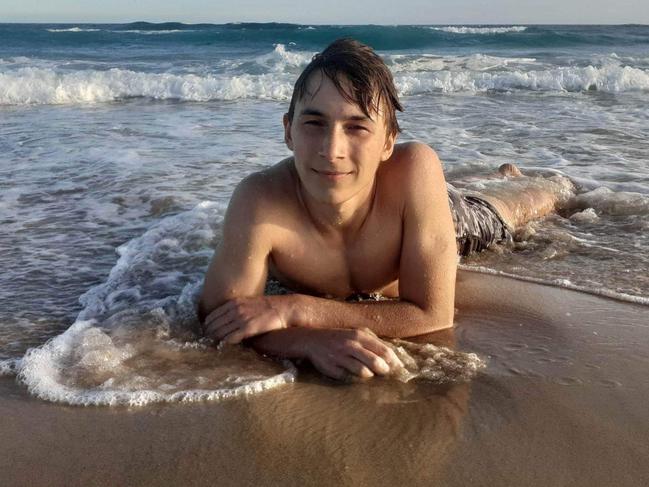
Mr Korolev’s body was found by emergency services about 9.30am on Sunday.
“I’ve been a volunteer life saver for 20 years and about 80 per cent of the rescues I’ve been involved in have to do with somebody who didn’t know, or didn’t understand, the signage and found themselves in a hazardous position,” Cr Gencher said.
“Even if you go to Mona Vale Beach, at The Basin, the signs for rock fishers are in 11 different language.
“But the beach safety signs are small and ambiguous and only in English.
“We tech our volunteer life savers that prevention is better than having to perform a rescue.”
Cr Gencher said research by leading life saving bodies showed that clear, large signage, in multiple languages, were effective.
“It’s a pretty simple fix to a very terrible problem.”
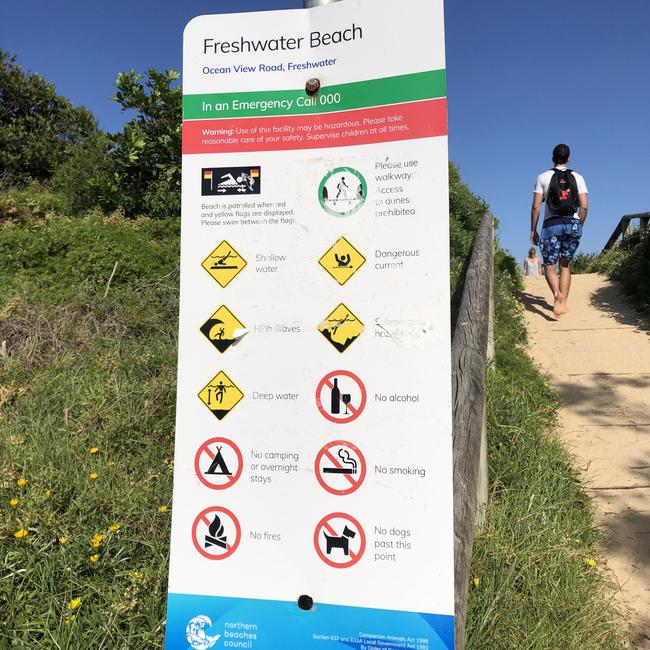
In a background report to his Motion, Cr Gencher wrote that approximately 40 per cent of locals rarely saw, or never read beach safety signage at beaches they were not familiar
with.
“Approximately half of the overseas-born beachgoers had no understanding of some beach safety terms such as, rip, bank, high surf, shore dump, or bluebottles.
“Not seeing, not reading, and not understanding the signs, could, and does have deadly
consequences.”
Record drownings: 28 lives lost in NSW over 90 days of summer
Research indicates that many people are also unsure about what the Australian beach flags mean
Cr Gencher wrote that more than 30 per cent of overseas visitors and residents believed that beach flags meant that only people “perceived to be good swimmers” were allowed to be between the flags.
“Currently, local Surf Life Saving clubs are having to deal with an overwhelming number of
preventions and rescues, due to the lack of signage and information.”
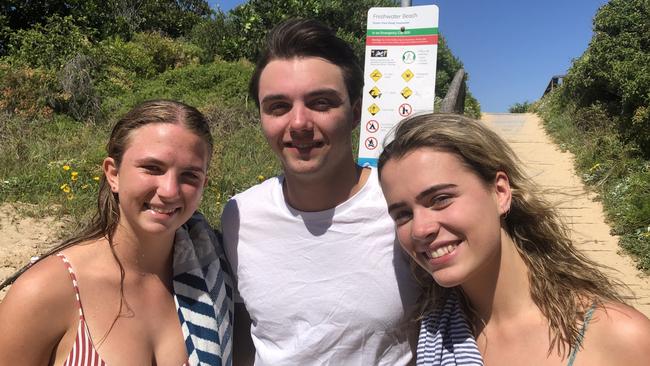
At Freshwater Beach on Monday, local 19-year-old Ella Berry, agreed the hazard signs at the beach needed to be more prominent and easy to read.
“It’s scary hearing about so many people dying,” Ms Berry said. “The signs also need to be in other languages. They’re all in English.”
Harry Davis, 19, of St Ives, said improved signage would make the beaches more accessible.
“If people were aware of the hazards, and what they should be doing, they would be more confident about coming to the beach.”
Fran Buffa, 19, of St Ives, said the signs at the entrance to the beach were too small.
“They are so easy to walk past and not even notice them.”
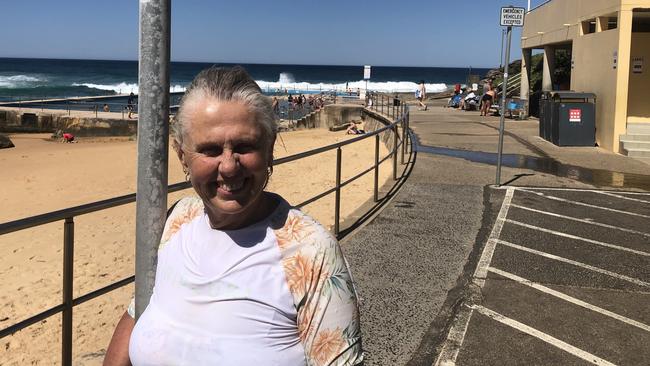
At Curl Curl Beach, swimmer Janelle Rui, of Dee Why was in favour of making the signs bigger so they could be easily read.
“But I’d be a bit worried that larger signs may be put in places that spoil the view and feel of the beach,” she said.





